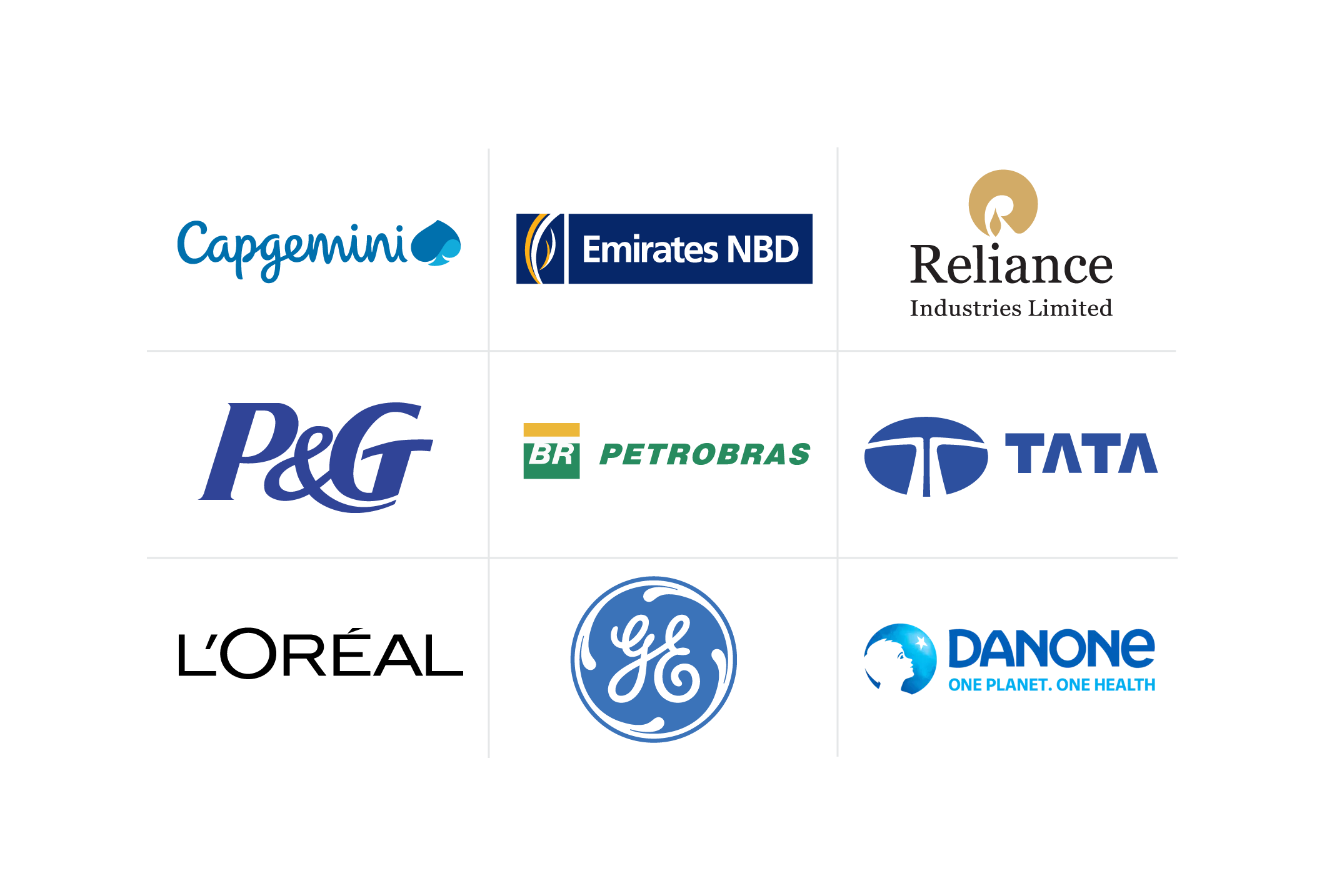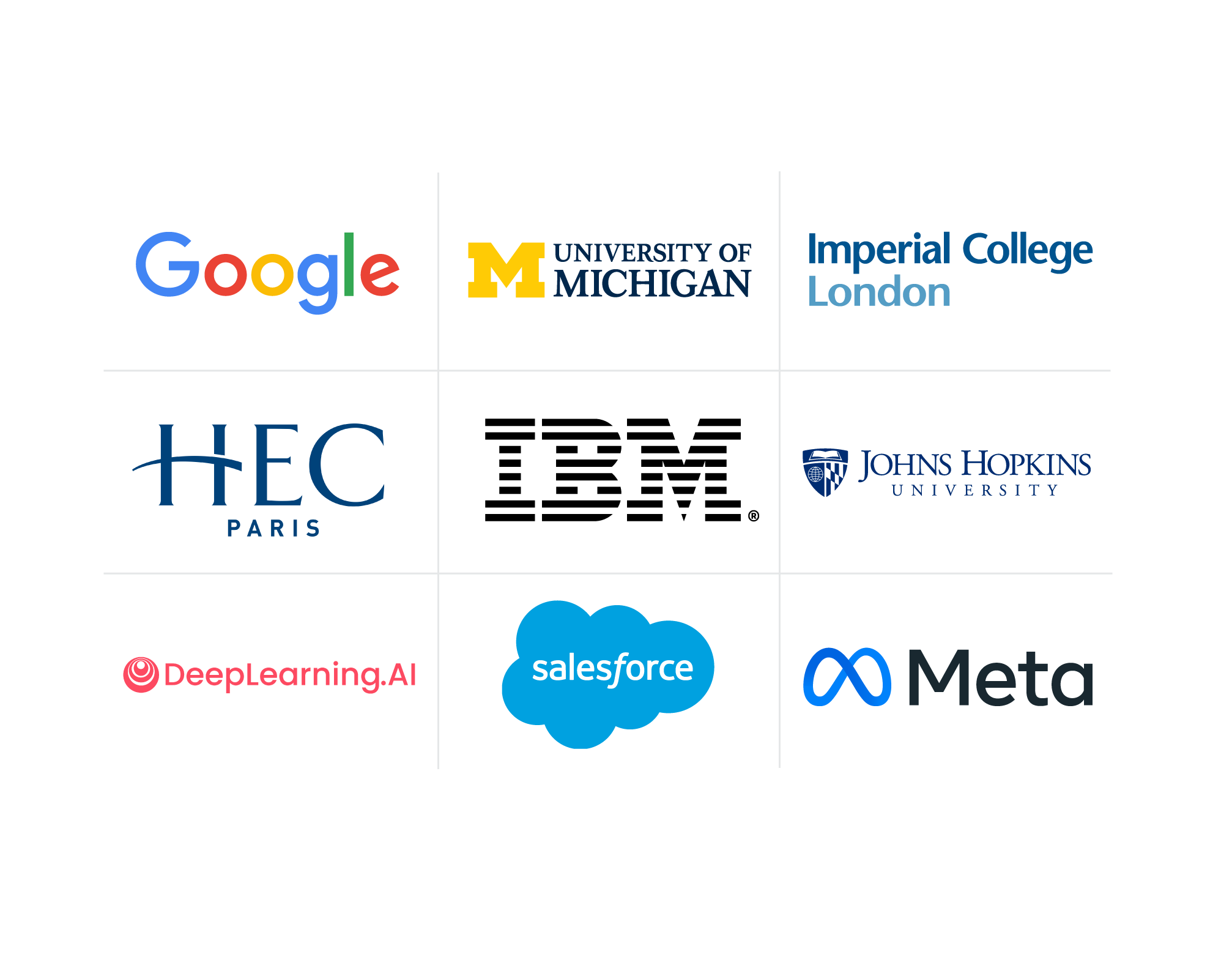Talent Redeployment: A Strategic Approach for Companies
Uncover what talent redeployment is and how to implement it effectively to enhance workforce agility within your organization. Explore common benefits, associated challenges, and steps to take to enhance the success of this strategy.
![[Featured Image] An HR team sits around a conference room and discusses its talent redeployment strategy.](https://d3njjcbhbojbot.cloudfront.net/api/utilities/v1/imageproxy/https://images.ctfassets.net/2pudprfttvy6/2toBjhdnSyKOW9GjHqg3Zx/8fe56c97fd11b207fedc5030c213d499/GettyImages-1388062547.jpg?w=1500&h=680&q=60&fit=fill&f=faces&fm=jpg&fl=progressive&auto=format%2Ccompress&dpr=1&w=1000)
As you work to keep your company competitive in changing business environments, finding ways to maintain a flexible and adaptable workforce is essential. Talent redeployment is a strategic approach to maximizing the existing workforce by shifting employees to roles with the highest priority in your organization at a given time. Explore the nuances of talent redeployment, how it can benefit your organization, and the steps you can take to implement this strategy successfully.
What is talent redeployment?
Talent redeployment involves shifting your workforce from lower-priority positions to high-priority roles that require similar skills. This strategy became popular during the COVID-19 pandemic when many companies needed to shift their workforce to meet new demands. For example, management shifted nurses and doctors from their typical specialties in medical facilities as they aimed to meet the rising demand for COVID-19 units.
While the shift in medical personnel was due to necessity, many other types of organizations have taken this strategy to meet evolving market demands. Many emerging positions require talent similar to that of aging counterparts. Redeployment offers a way to retain your talent pool while adapting your company structure to stay competitive and resilient over time.
Redeployment vs. upskilling vs. reskilling
You might hear redeployment mentioned in the same category as upskilling and reskilling, and that is because they are all important components of an effective talent management strategy. While similar, each strategy has a specific purpose for employee development and company success.
In general, talent redeployment is when your employee’s current position is no longer important or necessary, so you shift them to a similar, in-demand position requiring comparable skills. Reskilling involves training employees on new skills when their position has significantly evolved. Upskilling involves expanding existing employee skills through training to build higher competency levels in their current position rather than for a new position.
Why is talent redeployment important in the modern workforce?
As modern innovations, such as automation and artificial intelligence (AI), continue to change how corporations function, you can see a distinct shift in workforce skill priorities. Technological skills are in high demand, and companies need employees with high levels of social and emotional intelligence to interact with smart machines and communicate effectively in rapidly changing environments.
Workplace roles are changing, so the skills each position originally required might be vastly different now. For example, some positions now use automated technology to complete routine tasks, requiring employees to take positions with more advanced cognitive thinking and creativity.
Talent shortages in corporate settings have persisted for several years, and many businesses are expanding their talent acquisition budgets to expand their teams to meet new demands. While external hiring offers one way to fill workforce skill gaps, talent redeployment is often a win-win solution. Employers can avoid resource-intensive hiring and training processes, and employees can modernize their skills and grow professionally.
Have companies successfully used this strategy?
Many companies are testing this new talent strategy method, with a few early adopters already showcasing its promise. In 2021, Unilever, a consumer goods company, launched a three-month pilot program to revamp the way its employees and teams work on projects.
Instead of a traditional approach, managers broke each project down into a list of associated skills. An AI platform then identified overlap between employee skills and relevant jobs, matched employees to new projects, and spotted gaps needing additional talent. This method created dynamic and well-equipped teams, and the employees could explore exciting new challenges and opportunities for internal growth.
Benefits of talent redeployment strategies
Talent redeployment can bring many benefits to your organization if implemented correctly. For example, you might see advantages such as the following.
Increased employee retention
Employees often want to learn new skills and grow professionally within their organization. The 2022 Microsoft global hybrid work survey found that 76 percent of employees would stay longer at their company if they had more support for learning and development [1].
As it stands, many employees feel the most effective way to grow is by switching companies. If, instead of needing to move to a new company, your employees had a pathway to switch roles within your organization and expand their experiences, you’d be more likely to retain your talent over time. When surveyed, 68 percent of employees report they’re more likely to stay at their company if they can access internal job changes [1].
More collaboration between units
When your employees move from one unit to another, they bring expertise and knowledge from their previous positions. This movement bridges communication gaps between your departments and creates a knowledge-sharing culture.
Reduced costs
Recruitment and onboarding require extensive time and resources. Sometimes, the hiring process costs more than the salary you expect to pay the new employee. By redistributing your existing talent, you can avoid hiring and onboarding costs and maximize the resources available in your organization.
Increased talent retention
Your employees typically have years of experience with your specific organization, making them valuable additions to your team irrespective of their role. By implementing talent redeployment processes, you demonstrate your commitment to your employees and support their career growth and professional development while retaining top talent at your company.
Challenges of talent redeployment strategies
Implementing talent redeployment strategies comes with a set of challenges you need to navigate to ensure the smooth transition of your employees into new roles. Sometimes, your employees might resist moving to different roles, especially if they feel insecure about whether they will like the new position or are comfortable in their current roles. Overcoming this resistance requires effective communication and support systems to help employees see the benefits of redeployment and feel aligned with senior management.
Another challenge you might face is the gap between employees' skills and those required for new roles. Identifying and reducing these gaps with training efforts is important, but can be resource-intensive. One way to overcome this is to perform a comprehensive assessment of your current employee skills and take time to match employees to roles for which they already possess the major skills.
How to implement a successful talent redeployment strategy
You can take several steps to implement a talent redeployment strategy and overcome potential challenges.
Introduce the concept early to prepare your workforce for potential talent redeployment efforts.
Reassess your business priorities frequently. Review and update your business priorities regularly to ensure that your talent redeployment efforts align with your current organizational needs and future goals.
Evaluate current employee skills. This assessment helps identify who is best suited for redeployment and what training they might need.
Align existing employee talents with needed skills in new positions. Match your employees’ existing talents and skills with the requirements of new positions. Doing this might involve some training, but it may be more efficient than hiring new staff.
Use AI to match employees to opportunities. AI can help reduce bias in selection processes and identify potential career pathways that might not be obvious through manual methods.
Implement tandem upskilling and reskilling efforts where needed. This will not only make the redeployment more effective but also help your employees feel supported in their professional development efforts.
Continually assess and track metrics to adjust where needed.
Learn more on Coursera
Talent redeployment is a talent management strategy that redistributes employees within your organization to high-priority positions that use similar skills to their current role. Support internal mobility and prepare workers for in-demand, digital jobs with Career Academy from Coursera.
Featuring a curated catalog of guided tutorials and projects focused on high-value digital skills and tools, Career Academy offers competitive career development opportunities with training programs from industry leaders like Google, Salesforce, Intuit, Meta, and Ashok Leyland, among many others. Explore Coursera for Business to learn how to provide the technology training your business needs to be competitive.
This content has been made available for informational purposes only. Learners are advised to conduct additional research to ensure that courses and other credentials pursued meet their personal, professional, and financial goals.


